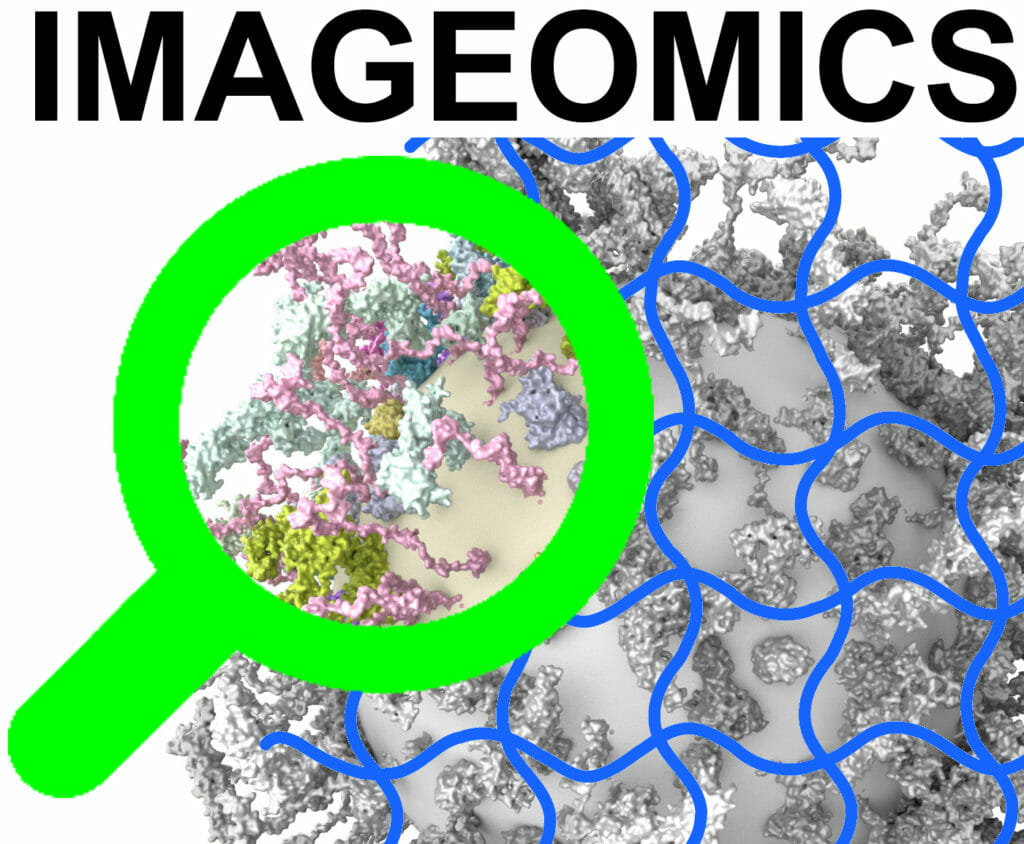UNIVERSITY MEDICAL CENTER GÖTTINGEN
Institute for Neuro- and Sensory Physiology

DATA & FACTS
Project
IMAGEOMICS – Imaging the proteome at the nanoscale (2021-2024)
Scientific contact
Prof. Dr. Silvio Rizzoli
EU-Funding line
Horizon 2020 / Future and Emerging Technologies (FET Open)
Projektleitung: Prof. Dr.-Ing. Arno Kwade
Projektname: „Li-Ion Pilot Lines Network“ (LiPLANET)
Keywords: Energie, Mobilität, Partner
IMAGEOMICS – Imaging the proteome at the nanoscale
The conventional detection of proteins by imaging employs fluorophores or antibodies directed at individual proteins. However, this methodology cannot be upscaled and employed in a high-throughput omics approach. The EU-funded IMAGEOMICS project aims to address this limitation through affinity probes that bind to specific peptide sequences located in more than one protein. Scientists will develop nanobodies that bind to such peptides and use them to label biological samples. The IMAGEOMICS strategy will provide information on the whole proteome of cells and tissues, paving the way for improved diagnostics for various diseases.
Mit einer Kombination von neuartigen (Affinitäts-)Sonden und nanoskaliger Bildgebung Our project combines several scientific disciplines. First, bioinformatics at UMG already provided our set of target peptide sequences, and will enable us to interpret the combinatorial images. Second, biochemistry and probe development (life sciences) will provide the nanobodies. Third, microfluidics (engineering) will be necessary to validate the optimal nanobodies and their application. Fourth, complex sample preparation and expansion, driven by biological engineering, will enable us to obtain suitable samples. Fifth, advances in optical physics and in optical microscopy design, driven by physicists, will implement the imaging technology.
We propose here to develop a technology that will provide nanoscale proteomic images for biomedical research. If successful, this technology will replace conventional assays implemented with antibodies, as Western Blot, immunostaining or immunohistochemistry, with a more efficient and wide-ranging method. This should have large economic implications, as we expect that a significant fraction of the commercial biomedical assays currently undertaken with antibodies will be replaced by our technology. Importantly, our technology could also be applied to the identification of novel pathogens in human samples, as long as their genomic sequences are known, without the need of novel (specific) imaging tools.
Authors:
Excerpt from UMG press release
Date:
07.04.2022


